Jack Kirby: The comic book artist finally gets the recognition he deserves
With ‘New Gods’ announced as the next blockbuster superhero movie, it’s time ‘the King’ was finally recognised as the father of superhero comics, a century after he was born
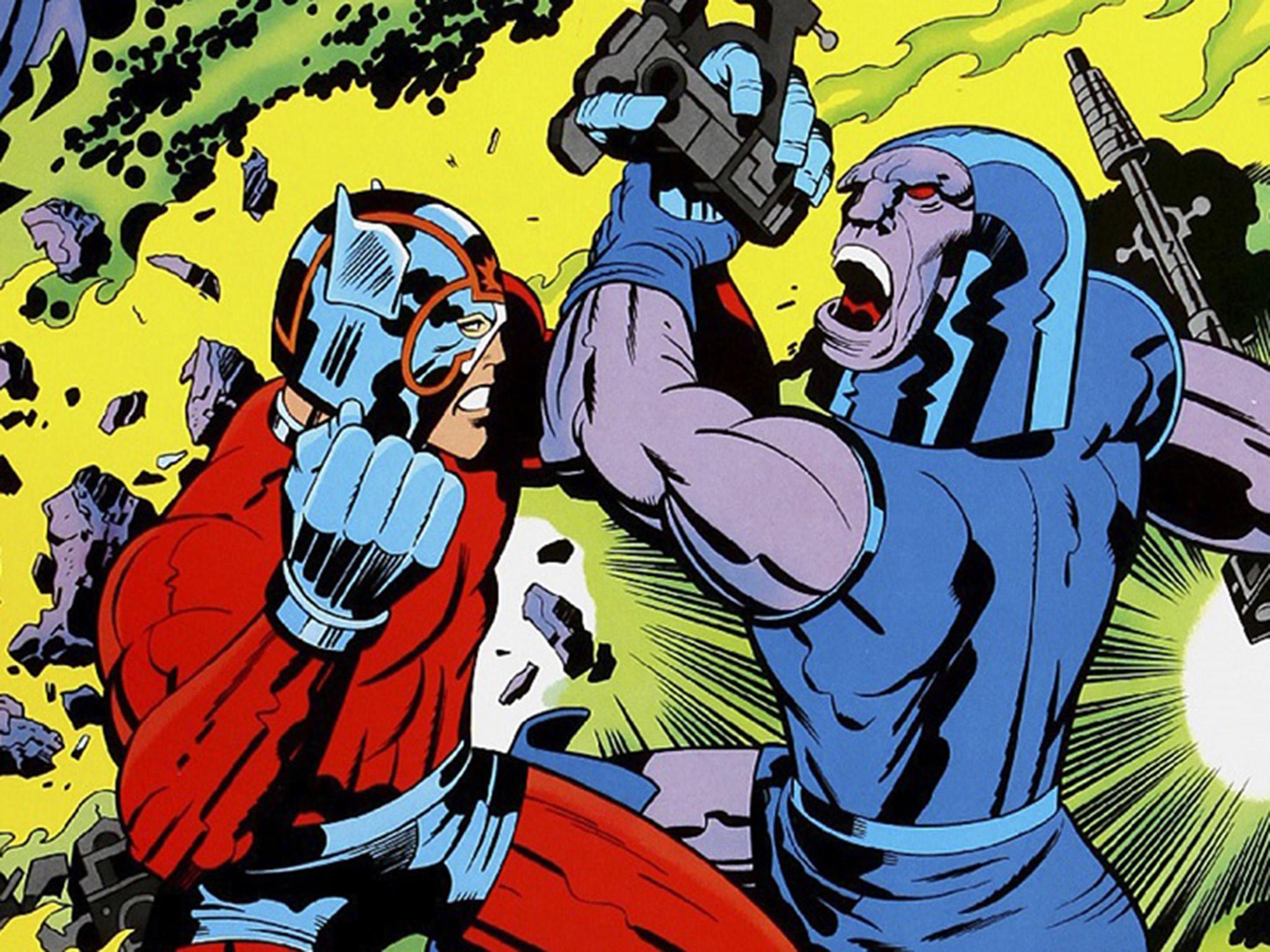
Your support helps us to tell the story
From reproductive rights to climate change to Big Tech, The Independent is on the ground when the story is developing. Whether it's investigating the financials of Elon Musk's pro-Trump PAC or producing our latest documentary, 'The A Word', which shines a light on the American women fighting for reproductive rights, we know how important it is to parse out the facts from the messaging.
At such a critical moment in US history, we need reporters on the ground. Your donation allows us to keep sending journalists to speak to both sides of the story.
The Independent is trusted by Americans across the entire political spectrum. And unlike many other quality news outlets, we choose not to lock Americans out of our reporting and analysis with paywalls. We believe quality journalism should be available to everyone, paid for by those who can afford it.
Your support makes all the difference.In the wake of the news this week that Ava DuVernay is directing a movie based on the DC Comics characters the New Gods, everybody else might as well just stop making superhero films right now. You probably haven’t heard of the New Gods, but so what? Who apart from the comics cognoscenti was aware of Black Panther, Ant-Man, Doctor Strange, Black Widow, the Scarlet Witch, before the Marvel Cinematic Universe juggernaut put its head down and battered through the door of your multiplex a decade ago? Even Iron Man, the hero that started off this new age of superhero movies, wasn’t exactly a household name before Robert Downey Jr climbed inside the hi-tech armour in 2008.
But that’s Marvel, and New Gods is part of the DC universe which includes Superman, Wonder Woman, Batman, the Justice League and the Suicide Squad. Wonder Woman aside, Warner Bros-owned DC hasn’t quite managed the same cinematic success that Marvel (bankrolled by Disney) has. But all that’s about to change with this latest announcement.
What’s got people excited in the first instance is the director attached to the project, announced on Thursday. Ava DuVernay is a hot property right now, having just become the first black woman to direct a $100 million-plus live-action Hollywood blockbuster, in the current hit A Wrinkle In Time. Sure, the movie might not have wowed the critics, but that doesn’t appear to have hurt DuVernay’s cachet on the West Coast. Warner Bros is no-doubt hoping that women directors can really make DC’s properties sing, as with Patty Jenkins’ directorial turn on Wonder Woman.
But whereas Marvel’s watertight movie-universe continuity can almost make it easy to second-guess who’s next for the big screen treatment, both through clues seeded in earlier films and a logical reading of the comics (if we’ve got Avengers and Guardians of the Galaxy, then that means we get Captain Marvel and Adam Warlock at some point), the announcement of New Gods was so out of the left-field that it left fans at first stunned, and then delighted.
The New Gods occupy a corner of the DC universe that almost stands on its own, and which hits all the right buttons for the ultimate comic-book superhero movie adaptation. It’s got alien worlds, crazily costumed characters, a fearsome villain and an epic, mythological backdrop. In fact, New Gods might just be the DC movie which replicates – and possibly exceeds – Marvel’s secret formula (as closely guarded as the recipe for Coke and Colonel Sanders’ 11 herbs and spices) for mixing just the right quantities of fun, spectacle, humour, pathos and thrills.
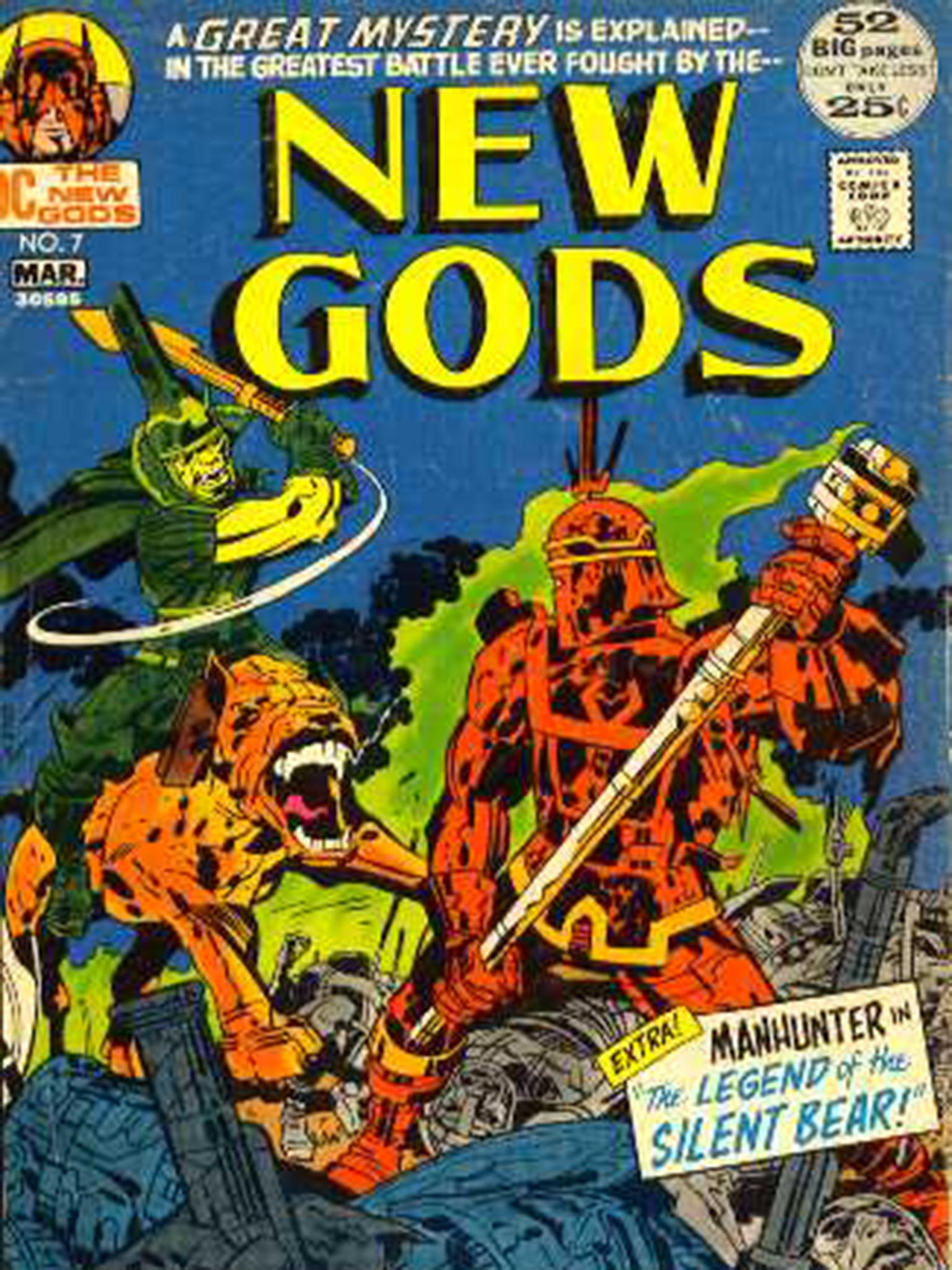
Done right, New Gods could be DC’s breakout hit in the same way as Guardians of the Galaxy rocketed in from nowhere and captured cinemagoers’ hearts. Like Guardians, New Gods is adventure on a cosmic scale, centred on the twin worlds of New Genesis and Apokolips. It’s a classic good vs evil situation of Biblical proportions; New Genesis is an idyllic Eden of a world ruled over by the benign Highfather while Apokolips is a frightful, industrial hell under the tyrannical rule of Darkseid, forever in search of the elusive Anti-Life Equation with which he can conquer the universe.
The cast of characters on New Genesis is vast, quirky and colourful; noble Orion, actually Darkseid’s son but brought up by Highfather, the kick-ass heroine Big Barda, super-escape artist Mister Miracle, heroic Lightray, and the Forever People, a gang of far-out teenage space-hippies. It’s all fabulously Seventies, which makes sense; the New Gods, Forever People and Mister Miracle all hit the comics in 1971-1973 under the banner of the Fourth World series. Like Guardians of the Galaxy, this movie could have an amazing soundtrack.
But there’s another key reason DC might have plumped for New Gods as its next big movie project, instead of mining its vast library of perhaps more recognisable superhero characters, and that’s because the Fourth World series has a direct connection with Marvel’s most successful franchises: Jack Kirby.
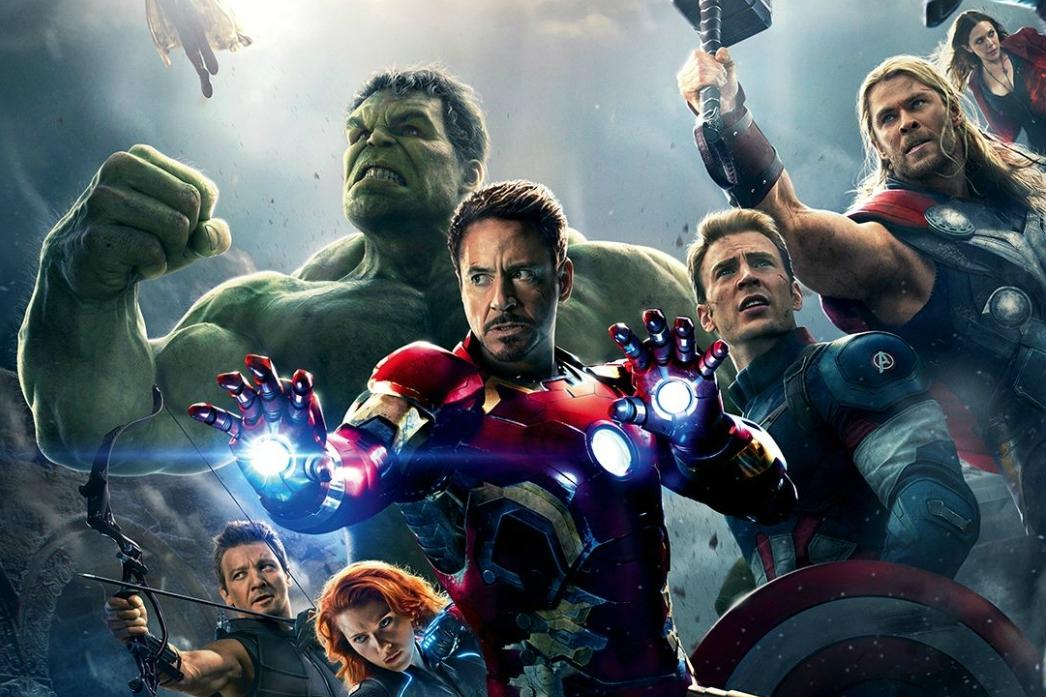
Jack Kirby was perhaps the greatest, most inventive comics creator of the 20th century. They didn’t call him the King for nothing. He had a hand in – and in many cases completely invented – some of the best known superhero comics ever committed to print. Think of Marvel’s biggest hits and Jack Kirby was there. The Avengers. The X-Men. Thor. Iron Man. The Fantastic Four. Captain America. We would not have had them without Kirby, and everything he learned over four decades working in comics he poured into New Gods in 1971.
“But wait,” you’re probably saying. “All those Marvel characters… weren’t they created by Stan Lee, the moustachioed old guy who pops up in those cameos in all the superhero movies? Well… yes. And no. But before we get to that, let’s have a look at the (not-so) secret origin of Jack “King” Kirby.
Kirby was born Jacob Kurtzberg on 28 August 1917, and grew up in New York’s tough Lower East Side with his Austrian-Jewish immigrant parents. Fascinated by the pulp magazines and newspaper comic strips as a kid, he began to teach himself to draw. By the age of 19 he had scored a job with the Lincoln Newspaper Syndicate, doing spot illustrations and comic strips, moving three years later to the Max Fleischer animation studios where he worked for a time on backgrounds for Popeye cartoons.
Throughout this period he used a variety of pseudonyms, eventually choosing Jack Kirby and sticking with it throughout his career. In 1940 he created his first long-form comic with the superhero character the Blue Beetle, and the same year began a history-making partnership with fellow cartoonist Joe Simon, whose father, like Kirby’s, was a worker in New York’s textile industry. Working for a company called Timely Comics, Kirby and Simon came up with a concept that was to stand the test of time: the patriotic, shield-bearing super-champion, Captain America.
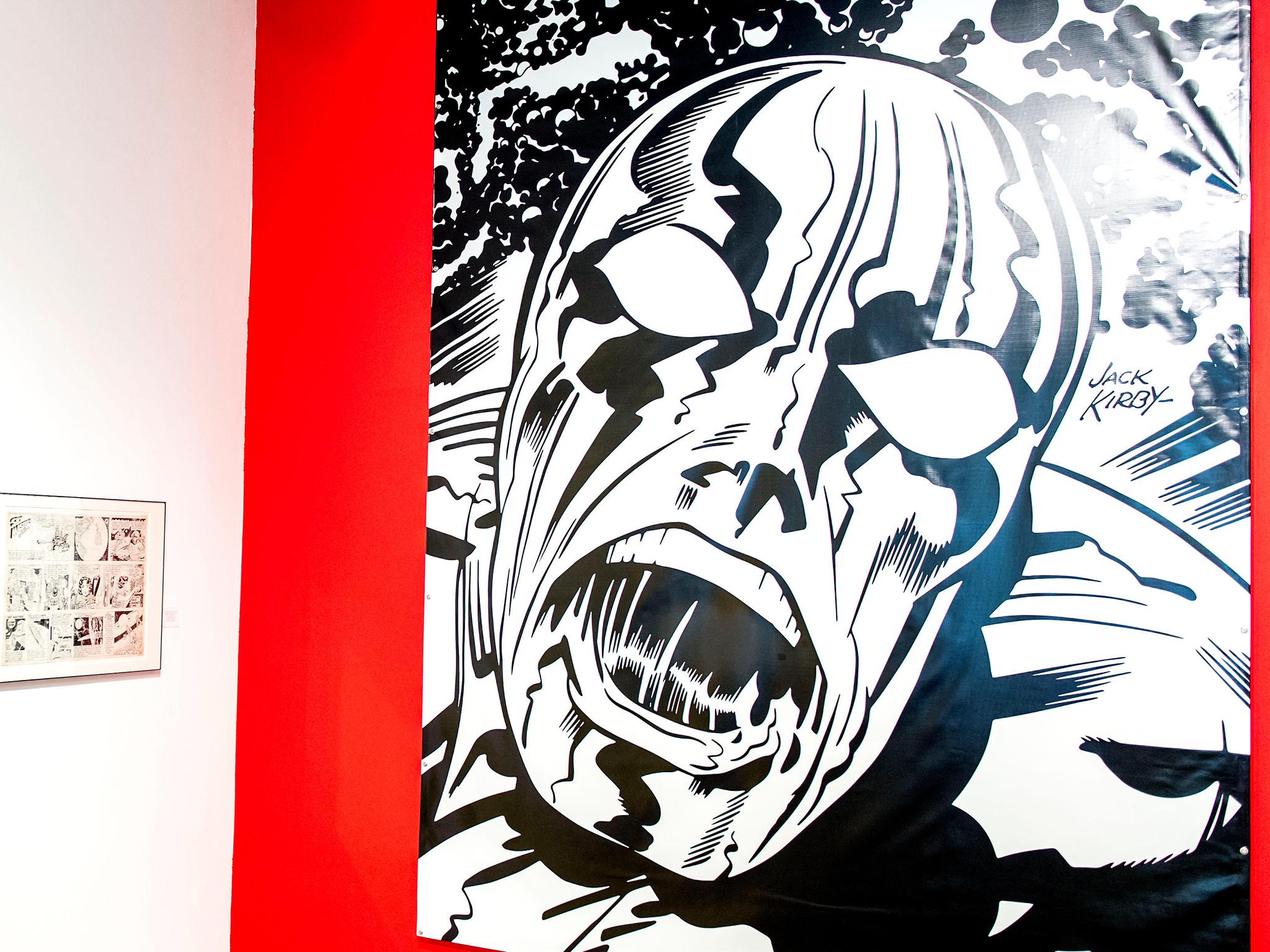
Timely’s rivals National Comics managed to poach Simon and Kirby to work on their own superhero titles for the next couple of years, until Kirby was drafted and sent to Europe in 1944, landing at Normandy a few weeks after the D-Day invasion. After his return he worked for both Timely and National on a wide variety of comics, from adventure to romance to superhero. It’s worth noting that while the names Timely and National aren’t widely known today, the companies they became certainly are: Marvel and DC.
And it was the beginning of the 1960s that Kirby’s fame really started to grow. A former editorial assistant at Timely Comics called Stanley Lieber had worked his way up to editor-in-chief… and now went by the name Stan Lee. In 1961 Lee and Kirby reinvented the superhero genre by making the comics more youth-orientated and starting to create a unified world where different characters interacted from the off. The first comic they created together was Fantastic Four, and they went on to work their magic with characters such as the Hulk, Thor, the X-Men, the Avengers and a reintroduced Captain America.
On all those comics, Stan Lee was credited as writer and Kirby as artist, but half a century on that division of labour is accepted as not being quite so cut and dried. In fact, it’s recognised that Kirby (and other artists who worked with Lee, including Spider-Man and Doctor Strange creator Steve Ditko) did more than illustrate Lee’s scripts… they sometimes worked off a conversation with Lee about what should happen, and were often left to their own devices to create stories that Lee would then add sharp dialogue to. But as the Barnum-esque, brand-focused consummate showman who was the face of the new Marvel Comics empire, Lee kept his name on the comics as writer. It’s undoubted that Stan Lee’s imagination and nous was behind most, if not all of the characters and stories with his name on them, at least to some degree, but the input of the artists cannot be underestimated.
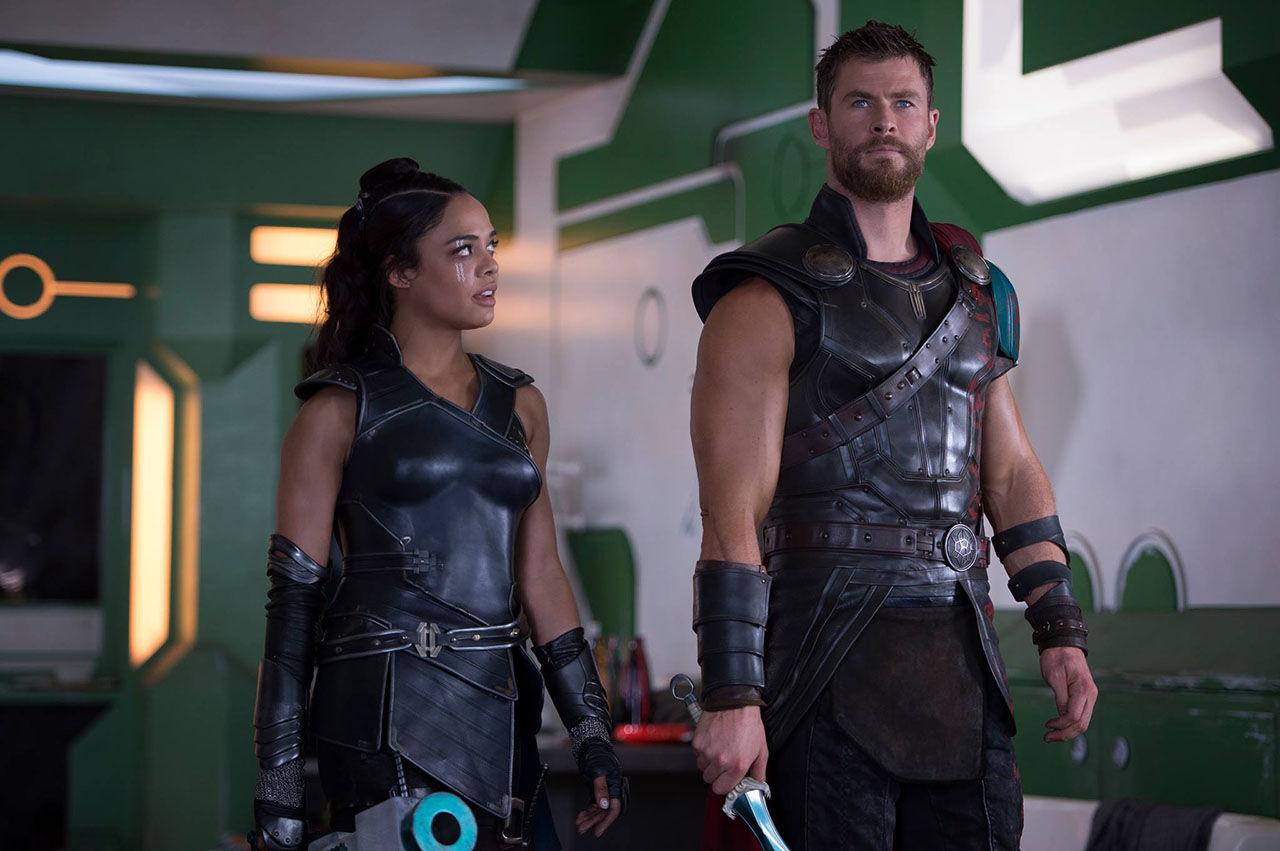
It was the lack of credit for the plotting and writing of some comics that apparently led to Kirby defecting to DC in 1970. And once there, he was allowed to let his imagination and talent run riot in the Fourth World series, for which he received full credit.
Even now, you can spot a Kirby illustration from a light-year away. His style is dynamic, energised, full of pomp and circumstance and typified by what has become known as the “Kirby Dot” or the “Kirby Krackle”: explosions, ray-gun fire, vast cosmic vistas are all detailed with groupings of thick black dots which give a sense of powerful, raw energy.
Kirby worked for Marvel again in the late 1970s, returning to the character where it had all really started for him, Captain America, and working on the adventures of another character he had created, and who until recently was one of those superheroes plucked from obscurity to become a household name, thanks to the Marvel Cinematic Universe – the Black Panther.
He worked on several independent titles in the 1980s and spent much of his later life doing work for DC and having arguments with Marvel about the rights to the characters he had a hand in creating, or created completely from scratch. Jack Kirby died in 1994, in California, at the age of 76.
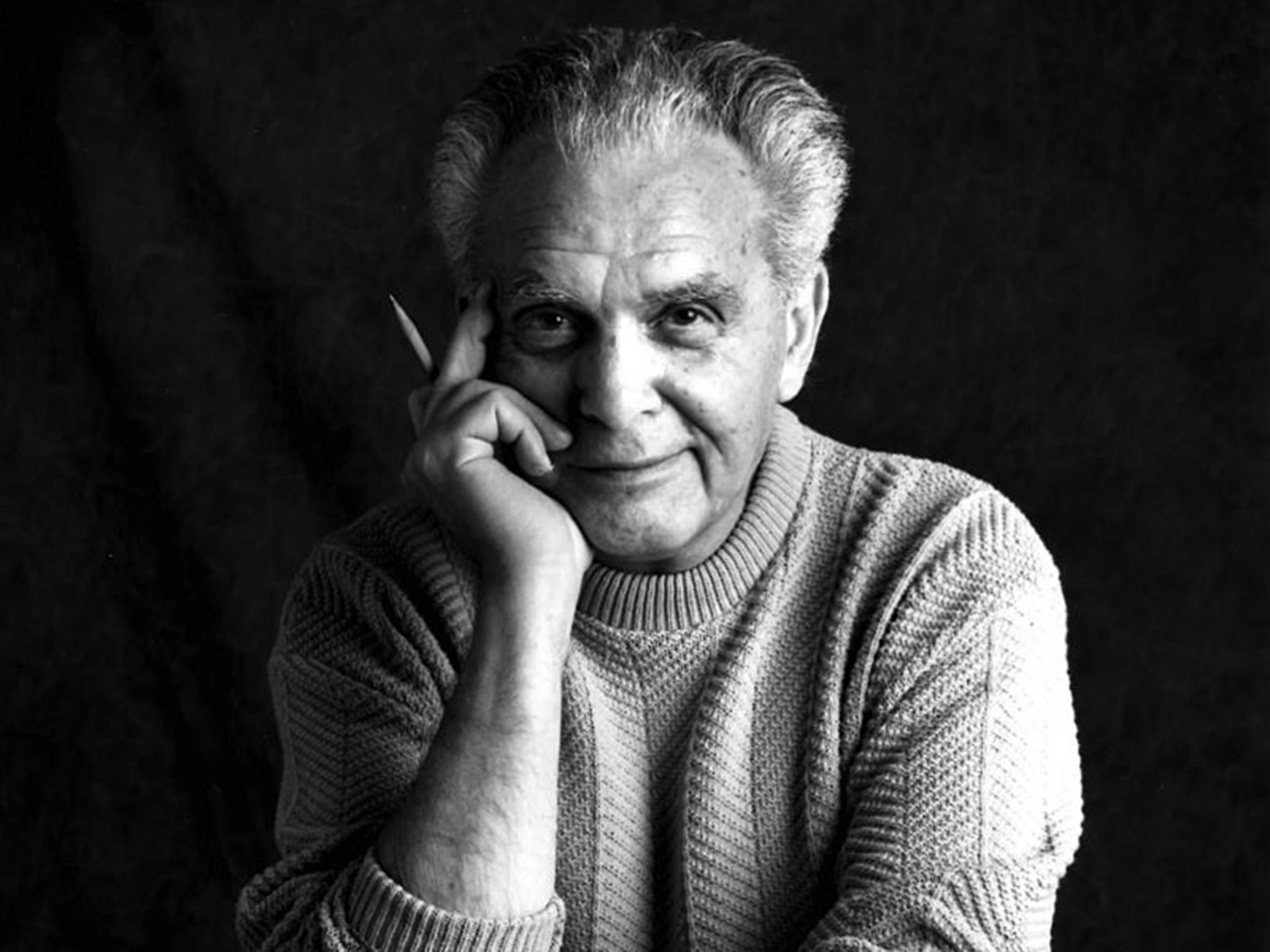
Quite what Kirby would have made of the last 10 years is difficult to say. He would undoubtedly be delighted to see his creations up on the big screen, especially last year’s Thor: Ragnarok movie which was dripping with Kirby-inspired imagery and bombast. But given his dissatisfaction with his treatment by the big two comics companies, he might have seen it as just another example of corporations profiting off his imagination.
With the announcement of a Fourth World-inspired movie, though, it might be that he gets, at least, the recognition he deserves for his considerable role in creating the superpowered landscape of modern life. While this will be – and should be – Ava DuVernay’s movie, it would be a cosmically wonderful thing if Warner Bros saw fit to boldly title it Jack Kirby’s New Gods, replete with Kirby Krackle and all.
Join our commenting forum
Join thought-provoking conversations, follow other Independent readers and see their replies
Comments